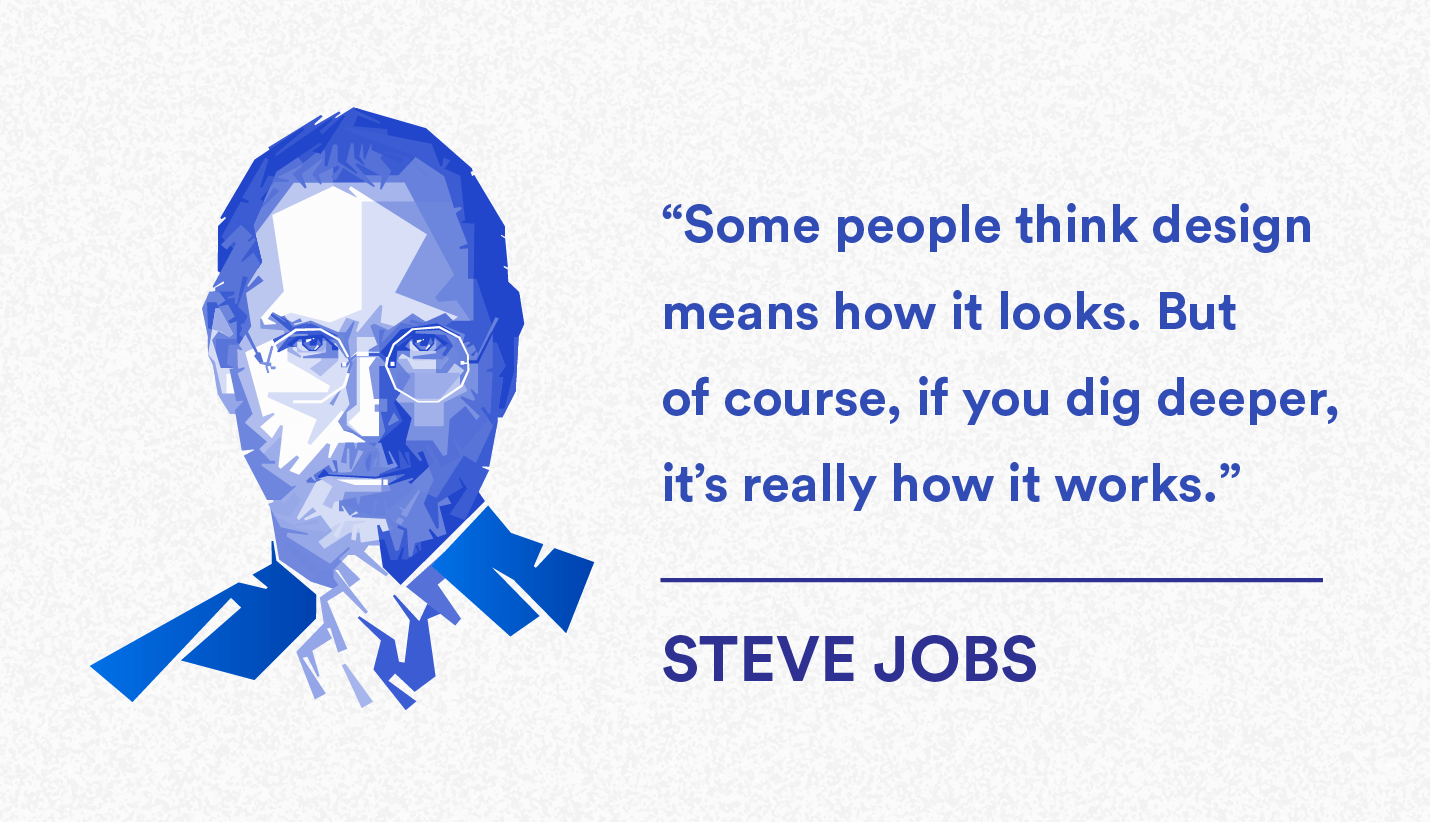
When it comes to routine maintenance on my car, I tend to be a DIY kind of person. Changing the oil, replacing filters, installing new sparkplugs, changing brake pads, etc. are all simple enough tasks if one has the time and the means to do so. And with a vast amount of help documentation and videos available online, anyone can figure it out.
From past experience, I know that purchasing car parts online tends to be significantly cheaper and more convenient than shopping in brick-and-mortar stores. When I discovered that I would need to replace the brake caliper on the rear driver side of my car, I did a quick search to see what was available.
Google brought back hundreds of results. As I compared sites on the first page, a number of questions popped into my head:
-
1.
Why the massive range in price? Prices for the part ranged from $50 – $150. It was not always clear whether the product was new or used.
-
2.
What does this thing actually look like? Images depicting the part varied greatly – so much so, that I was unsure of what part I needed should actually look like.
-
3.
Is the online product catalog personalized for my vehicle? Most sites asked for the make, model, etc. of my vehicle and tailored the catalog and search results to fit my needs. Others did not, however, making purchasing process much more confusing.
-
4.
Can I trust this site? Established brands are generally perceived as trustworthy – I felt more confident that they would have correct product information and that the payment and shipping process would go more smoothly if I purchased from an established brand.
-
5.
Do the exact product details matter? And is there enough information on the page to answer all of my questions? Some sites specified the exact caliper (i.e. Front Passenger, Rear Driver, etc.), while others did not even indicate the difference.
In the end, I purchased the part from AutoZone, and at a 10% premium over other sites. The factors that influenced my purchasing decision:
-
While it was not the most beautiful site I visited, AutoZone is a recognizable, trusted brand in the auto industry
-
The online product catalog was personalized to the make, model and specs of my car
-
Product was unambiguously labeled “Rear Driver”
-
4 images showing different angles of the product,
-
The product information, details, and part number were available
-
Directly above the product info was a big, green check-mark that reassuringly stated “IT FITS: This product is a fit for your car”
-
There was a chat box available in case I needed clarification on anything
How does this apply to B2B Manufacturers?
B2C shoppers and B2B buyers both want the same thing: a great user experience. Any confusion on what they are buying, and they will leave your site and go to another distributor or competitor.
You can ensure this does not happen:
-
1.
Establish yourself as the industry authority. According to a recent Forrester report, 43% of B2B buyers prefer to buy a product directly from the brand that manufactures the product, rather than the distributor that sells it, and 20% of them are willing to pay slightly more for the opportunity to do so. People already trust your brand – provide clear and concise information that assures the buyer that this is the product they need.
-
2.
Provide a personalized experience that shows the buyer results that apply to their environment. A technician tasked with the maintenance of a Boeing 727 doesn’t care about, and doesn’t want to be distracted by, parts for an Airbus A380.
-
3.
Include detailed product information – this help buyers find what they are looking for and positively influences the purchasing decision. Manufacturers report a 5-15% increase in conversions after adding rich product attributes.
-
4.
Depict the product with clear, high-quality images, and from multiple angles. A blurry product image with the caption “similar product shown” is a good way to lose a sale.
-
5.
Provide a faceted search platform for buyers who enter through the homepage.
-
6.
Have a chat box available for support in case the buyer needs additional clarification.
Product pages are your digital “front door” – If the door is broken, buyers can and will return to the search results in one click. By delivering a great customer experience, you can prevent this from happening. Design your front door to better serve all your digital visitors – every “persona” – whether they’re shopping, buying, installing, using, fixing, upgrading, or disposing of your product.
